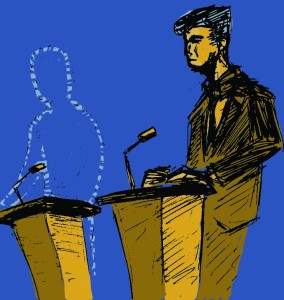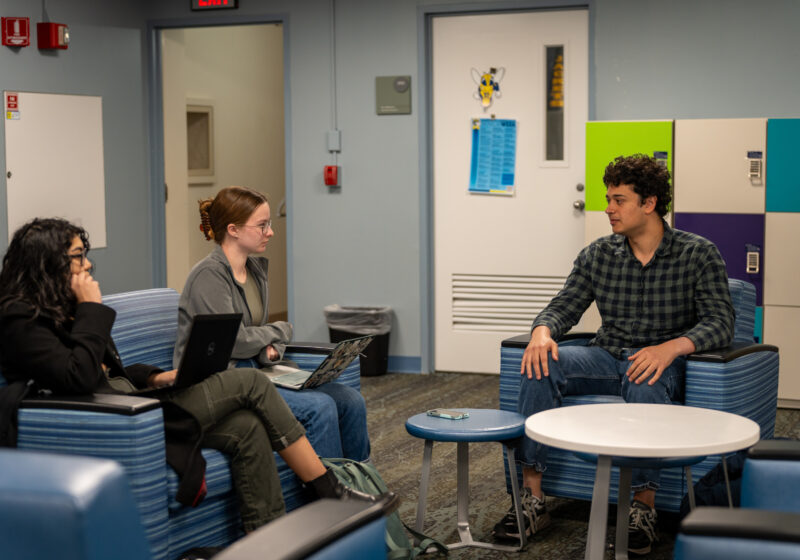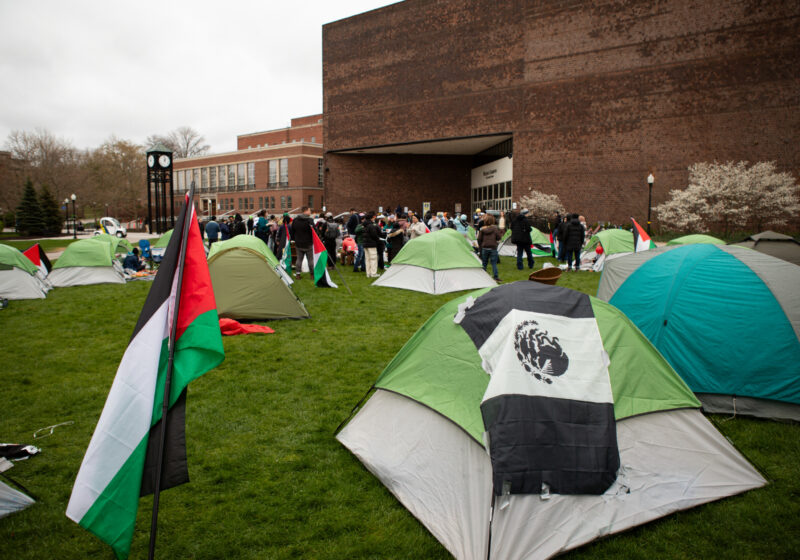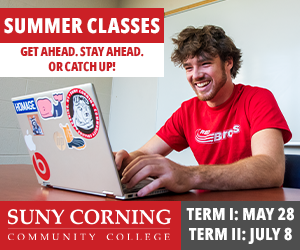When election platforms went live on the SA website on Monday, April 1, it was clear something was different about the presidential/vice presidential race — for the first time since 2010, the election was contested, pitting juniors Shilpa Topudurti and Greg Corrado against sophomore Rishi Sharma and junior Abby Lalone.
“I was excited for a contested election this year,” Director of Wilson Commons and SA advisor Laura Ballou said. “I actually think that that shows the vibrancy and the health of student government and shows that there are people who are inspired to get involved in it.”
That excitement was short-lived, though. As of Tuesday, April 2, Sharma and Lalone had dropped out of the race, leaving Topudurti and Corrado in yet another uncontested presidential/vice presidential election.
Sharma explained that they decided to drop out because they felt that they didn’t need to be in the positions of president and vice president to enact the change that they wanted. He added that the positions come with “a lot” of responsibility and that they didn’t want to take on such a large commitment if there were other things they wanted to focus their efforts on instead, but stressed that they still want to stay involved in student life, just in a different capacity.
SA President and senior Roshal Patel noted that he was disappointed about this development but that he wouldn’t want anyone running for a position they didn’t want.
Topudurti and Corrado don’t plan on adjusting anything about their campaign now that the election is uncontested, but Topudurti expressed disappointment that the student body will not be exposed to a variety of perspectives during the race.
Until 2011, the last time a presidential/vice presidential election was uncontested was in 2003 (although it wasn’t until 2005 that candidates ran on a ticket — instead, they would run as an individual and appoint a chief of staff once they were elected). Each year, from 2005 to 2010, there were consistently two to three pairs of candidates in the race — four individuals ran in 2004. Since 2011, however, the election has been unopposed, not including write-in candidates.
So what might account for this consistent lack of multiple candidates?
One reason, according to former SA President and KEY Scholar Bradley Halpern, is the time commitment, which, at its highest point, can total about 80 hours of work a week.
“The president is responsible for absolutely everything,” he said. “There’s nobody in this school who hasn’t served in this role that understands what the president does. And when you’re running, no matter how much research you’ve done, I guarantee you don’t understand. You just don’t.”
Patel agreed.
“It’s a lot to shoulder,” he said.
Ballou believes that many students see the presidency as a large time commitment that is not attainable for all student leaders, but that a contested election shows that it actually is possible and is a position that has reasonable expectations.
Sharma and Topudurti also questioned whether there needs to be more transparency in terms of information about elections.
Sharma explained that there is an expectation that the presidency needs to be held by someone who has already had experience in the SA when, in fact, anyone can run, and Topudurti believes that if more people knew about the opportunity they would run, because there are so many student leaders at UR.
Although he doesn’t believe the SA has suffered by having unopposed elections, Halpern noted that the lack of multiple candidates does undermine the accountability of the process.
“The option to choose between qualified candidates is a core principle of democracy,” he said. “So to the extent that we want to run a democratic system, it’s not succeeding so well.”
Halpern ran unopposed for SA president in 2011 but made it clear that he would have preferred to have had an opponent because the competition would have affirmed from the start that he and his running mate, senior Rohini Bhatia, were trusted by the student body.
Topudurti explained that competition in an election is an incentive for candidates to run a better campaign, including working harder to communicate with the general student body.
“When there is competition, people take more of an effort to actually reach out to the entire campus community,” she said. Topudurti also expressed concern that an uncontested election would mean lost legitimacy but that she is not concerned about the direction of the SA because she has had confidence in the student government’s most recent crop of presidents.
Sharma agreed, adding that more competition means more of an incentive to refine ideas and that it has the ability to keep candidates in check and encourage them to be, in UR spirit, ever better.
“You do work harder when you have a little bit of fire under you,” he said.
Not to mention that competition increases campus engagement in an election, according to Patel, who recalled the excitement surrounding the race between Scott Strenger ’12 and Ashley Haluck-Kangas ’12 and JJ González ’12 and Robert Valdovinos ’12.
Voter turnout has historically been noticeably higher in years with contested elections. The presidential elections from 2008 to 2010 all received over 1,300 total votes, the highest at 1,617 in 2010, not including write-in candidates. In the spring of 2011, however, there were only 973 and 992 in 2012.
Halpern explained that he still encourages students to vote, even in an uncontested election, because to him, it is a vote of confidence — a gauge of the student body’s view of how effective the candidates will be.
There is also concern about precedent. Ballou noted that many students haven’t even been at UR for a contested election and that it is important to eventually return to contested competition, especially so that candidates aren’t scared to run against an opponent.
In terms of how the general student body views the SA, Ballou is not worried that uncontested elections will take any kind of negative toll, but believes that they might wonder why there is a lack of competition.
Chair of the Elections Committee and sophomore Harika Kunchala put a more positive spin on the situation.
“Hopefully, it shows a positive view of the SA because it shows that the president/[vice president] do a lot for this school and that it is a major time commitment,” she said.
Regardless of what the student body makes of these uncontested elections, Halpern hopes that they don’t reflect poorly on the candidates since it is not anyone’s fault that they’re running unopposed.
“Our opposition doesn’t determine our strength, it only affirms it,” he said.
So what can be done to increase the number of candidates?
Patel explained that he tries to make the position look as fun as possible. He said that despite the workload, he tries to highlight the cooler parts of the job and make it seem manageable by playing down his stress level.
Burns suggested drumming up interest in a more proactive way, such as meeting with different student groups and talking with other student leaders. He stressed that the SA does need to take a closer look at why this is happening in an attempt to determine whether it is an anomaly or part of a bigger trend.
Although he wishes there were more interested candidates, Halpern is more cautious about proactive recruitment because he doesn’t want to force anyone into the position who isn’t interested.
Sometimes it’s as simple as observation — Corrado explained that he got involved in the SA in 2012 after sitting in a Senate meeting and hopes to encourage students to come to similar gatherings.
Looking forward, having multiple candidates is clearly an important goal.
“It’s a core principle of democracy, and at least until further notice, we’re a democratic system,” Halpern said.
Goldin is a member of
the class of 2013.







